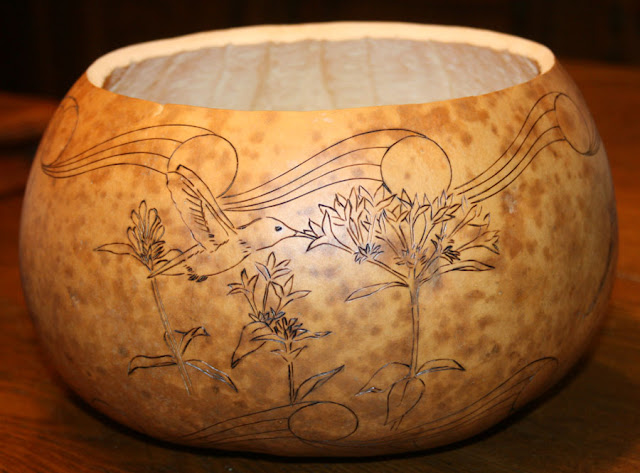Sometimes we search for the wild in nature and travel to places where we'll likely find the species we're eager to meet. Other times the wild comes to us quite unexpectedly.
This was the case with a pair of red-shouldered hawks I encountered in a suburban yard while attending a meeting in the spring of 2009. Not just one hawk, mind you, but a pair of them, moving around within close range, vocalizing loudly as I walked down the driveway to where my parked car waited on the curb. That they made themselves so visible and apparent was beyond my comprehension. And for someone like me, who loves birds, especially raptors, that accessibility equated to an invitation to learn more about their lives and their adaptation to suburban activities in their territory.

Above you see two image I took as I watched the male in the pair hunt on our third encounter. Gorgeous birds that both hunt from a perch and on the ground, flipping leaves, listening and watching for movement, and blending in with the environment. The fact that this species of hawk is very vocal, makes observations even more delightful. Though their color and patterns allow them to disappear in the wooded habitat they prefer, sooner or later a loud call will alert you to their presence. The suburban location, this chance encounter, their adaptation to human presence and activity, all came together to allow me opportunity to witness the most intimate of moments with this pair. And those moments included nesting, copulation, nuptial feedings, plucking fresh evergreen sprays for the nest, and even seeing the bare pink flesh of the female's brood patch through my camera's lens.
From a surprise introduction to completed sketches, to the beautiful printed sketchbooks that arrived this week, this was a memorable journey I will always treasure. All I could say when I held one of these books in my hand was "wow!"
I'm a person who loves books, the books with a spine and pages you can leaf through, the ones you curl up with in a comfortable chair. I think they are precious. I love reading them, writing them, and, I love sketching and creating them.
The making of a book brings other skills to bear and can make an artist dig deeper to realize this goal. This endeavor is one of determined cooperation and negotiation, as much about patience, communication, and team work, as the artistic vision that conceived the idea and moved the project forward. And now I've found the right team (see links and resources). The book is beautiful, so life-like in its replication of the sketchbook itself, that it's hard to tell the difference between the original book and it's mirror in print.
And that makes me smile. It is the greatest hurdle you go through in printing art in any form. And this book is about art and nature, about observing and capturing what you've observed in words and drawings, and about learning what your subject has to teach you, even the parts you are not allowed to know.
It's a tiny book, by book standards, replicating the size of the sketchbook, but enormous in heart and inspiration. I look back on this endeavor--the observing of hawks, most secretive and illusive of creatures--and wonder at the energy and patience that got me through this season of observation. That I could sit in the shade of a gazebo, and watch their activity as though I were a plant in the garden, astounded me from the beginning.

The observations you see in the book took dedication, the commitment to sit through non-activity hours, make regular visits a priority, the ability to remain still until my subjects appeared and to use my creative mind and curiosity to withstand lulls in activity. Waiting for the chance to see a hawk and watch its behavior, now that might be an activity some would call a waste of time. The thought crossed my mind more than once. But even the wait can be an act of labor, something that keeps you deeply rooted to the project and makes you as determined as ever to see it through.

Creating art is not an activity for the faint of heart. It challenges you inside and out, especially when that art is focused on something real, and alive and moving, and unpredictable. You, the artist, are the same, alive, moving, unpredictable. But you have trained yourself to be still, knowing what treasures are found while remaining invisible. And just when you think you might evaporate into nothingness with the waiting, a hawk appears, opens your heart and heightens all your senses. And a sketch is born, a visual story of all that you've taken in. Into your heart the hawk flies, and out through your hand and onto the paper.
This is the essence of Red-shouldered Hawk Territory, A sketchbook journey through nesting season--the story of one season's natural wonder through the heart and hand of an artist. I hope it inspires you to pick up a sketchbook and let your own story unfold.
You will find all my posts on my experiences in
Red-shouldered Hawk territory by clicking this link. The last post will appear first. Scroll to the bottom and click "older" to move backward to the first post.































































